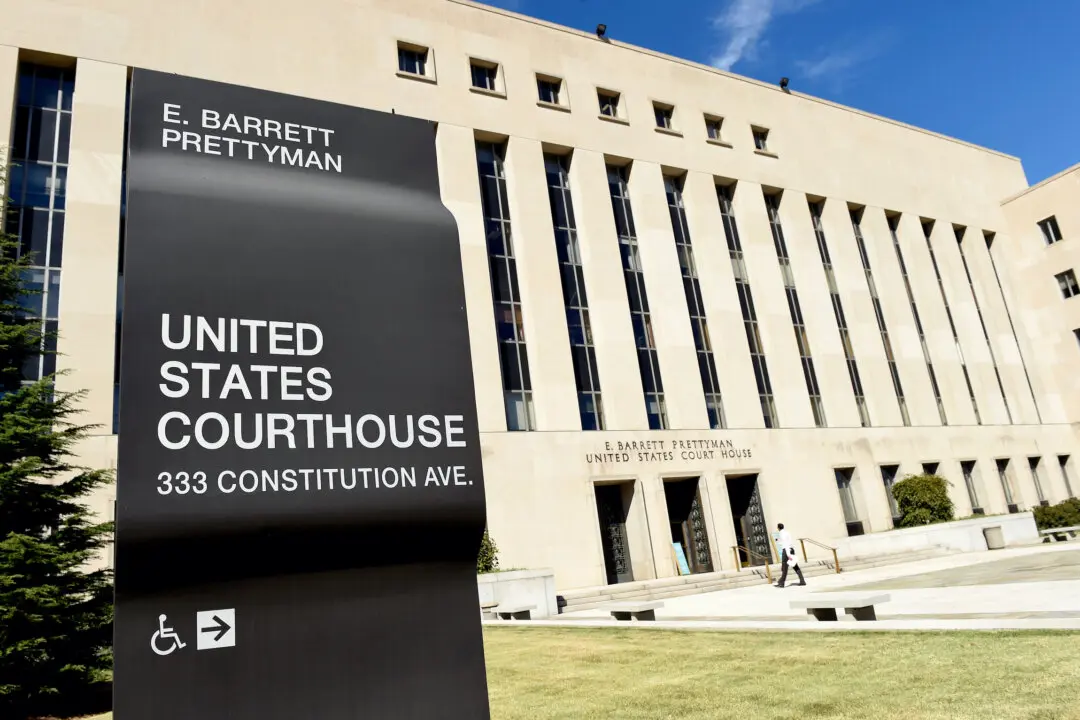MIAMI—Hurricane Epsilon’s maximum sustained winds dropped Thursday as it moved northwest over the Atlantic Ocean on a path expected to skirt just east of Bermuda.
Epsilon’s maximum sustained winds ebbed by Thursday afternoon to 85 mph, dropping it from a Category 2 to a Category 1 storm.





